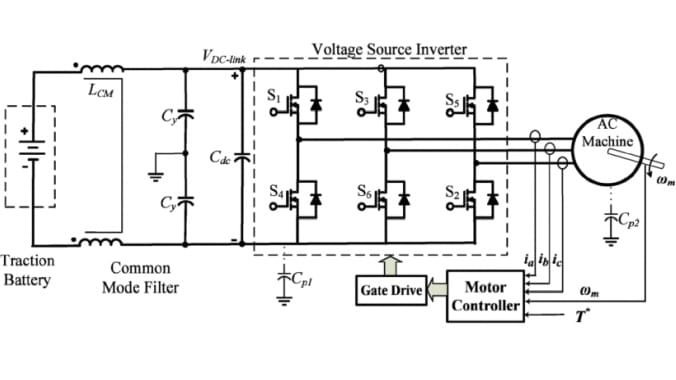Featured Articles January 5, 2022

Published in June 2021
Authors
I. Husain, B. Ozpineci, Md S. Islam, E. Gurpinar, G.-J. Su, W. Yu, S. Chowdhury, L. Xue, D. Rahman, and R. Sahu
Abstract
The transition to electric road transport technologies requires electric traction drive systems to offer improved performances and capabilities, such as fuel efficiency (in terms of MPGe, i.e., miles per gallon of gasoline-equivalent), extended range, and fast-charging options. The enhanced electrification and transformed mobility are translating to a demand for higher power and more efficient electric traction drive systems that lead to better fuel economy for a given battery charge. To accelerate the mass-market adoption of electrified transportation, the U.S. Department of Energy (DOE), in collaboration with the automotive industry, has announced the technical targets for light-duty electric vehicles (EVs) for 2025. This article discusses the electric drive technology trends for passenger electric and hybrid EVs with commercially available solutions in terms of materials, electric machine and inverter designs, maximum speed, component cooling, power density, and performance. The emerging materials and technologies for power electronics and electric motors are presented, identifying the challenges and opportunities for even more aggressive designs to meet the need for next-generation EVs. Some innovative drive and motor designs with the potential to meet the DOE 2025 targets are also discussed.